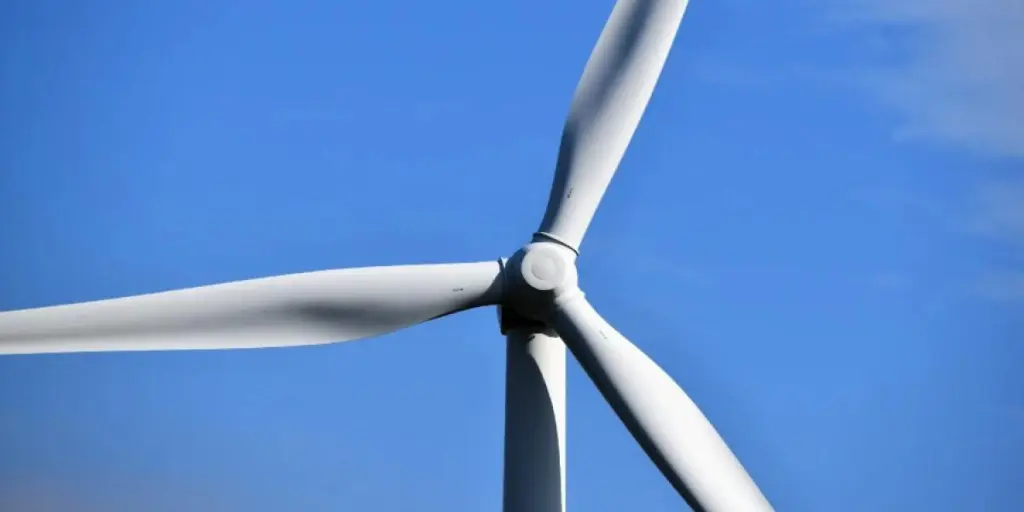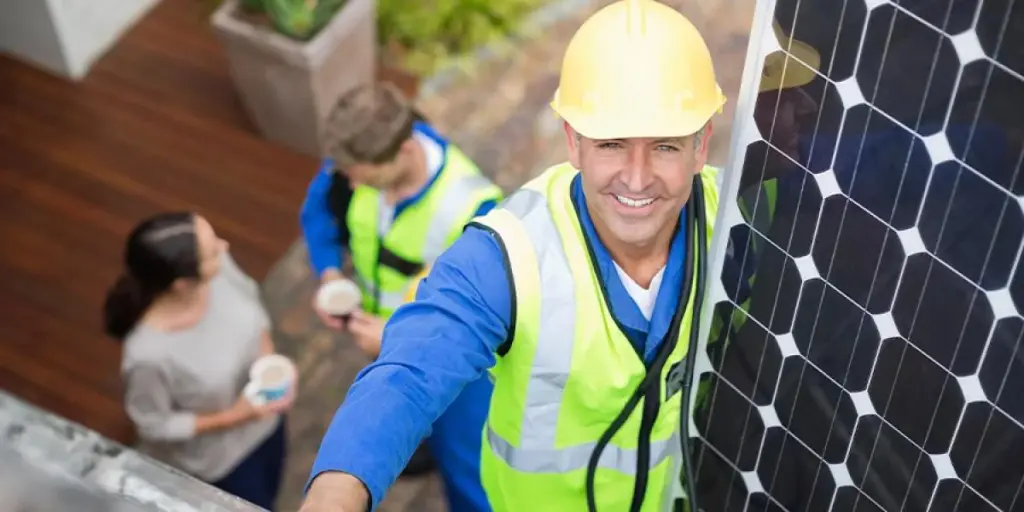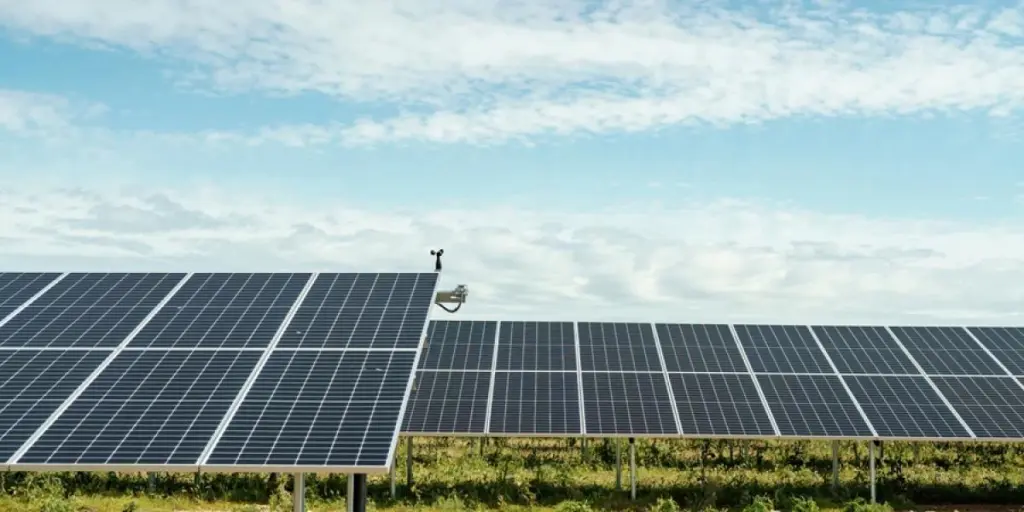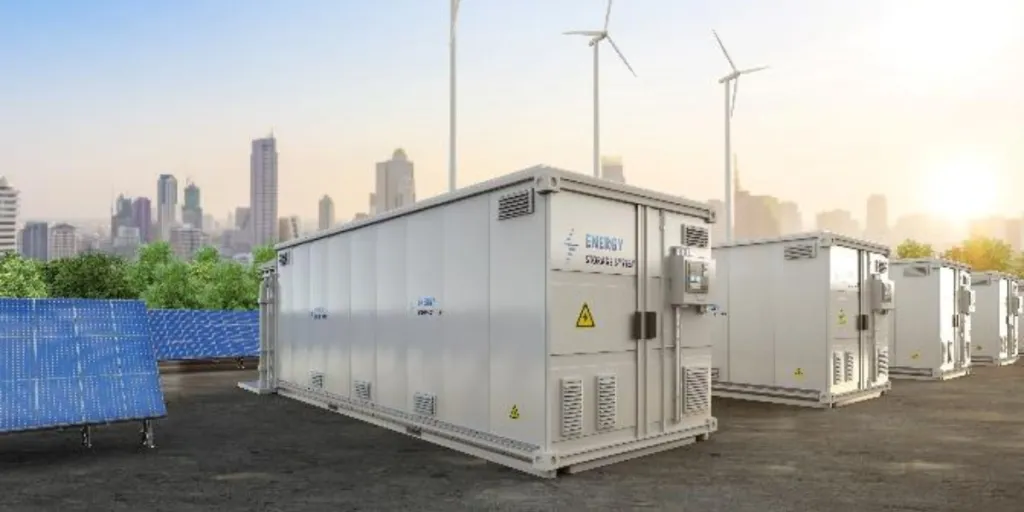Despite the rise in wind turbine production cost, the wind energy industry continues to grow at a fast rate, making the industry one of the largest among all power generation technologies. The small wind turbine for home use is considered eco-friendly and cost-effective and is widely utilized in rural households.
Table of Contents
What is a home wind turbine and how does it work?
Things to consider when choosing a home wind turbine
Recommended home wind turbines
Conclusion
What is a home wind turbine and how does it work?
A home wind turbine is a device designed to convert wind energy into clean, usable electricity that can power homes and small commercial buildings. The turbine is best installed in a wind-friendly location.
Wind helps the blades to rotate, and that rotation powers the rotor, making the small generator spin, and as the generator works, electricity is generated. Small wind turbines are largely patronized by homeowners, small-scale business owners, and ranchers, due to their cost-effectiveness and reliability.
Home wind generator systems are designed with aerodynamic blades that tap high kinetic energy from blowing wind blows and convert it into mechanical energy to power its generator and generate clean electricity that can be utilized in homes. The devices primarily function by the mechanism of harnessing wind power, and they can potentially produce high electricity when placed in wind-friendly locations.
A home requiring 300 kilowatt-hours monthly can be sustained by a 1.5-kilowatt wind turbine when it is placed in a location with an annual average wind speed of 14 miles-per-hour (6.26 meters-per-second). It’s recommended that these devices are placed in a location where there is enough wind.
Things to consider when choosing a home wind turbine
Choosing a home wind generator for your business is a critical decision, it’s important to select a turbine system that matches the requirements of target buyers. A decent home wind turbine must fit the needs for size, reliability, warranty, price, power generation, and proximity of operation and maintenance.
1. Annual power production
The power generation capacity of small wind turbines differs. Home wind turbine sizes typically range from 400 watts – 20 kilowatts and an average home uses approximately 10,649 kilowatt-hours of electricity annually, meaning that an average of 877 kilowatt-hours of electricity is used monthly.
Before acquiring a residential wind turbine system, consider verifying the average electricity demands of target buyers. This will help inform your decision while purchasing the best home wind turbines for your business.
2. Cost
The prices of most power storage systems are usually high, customers who would want a small wind turbine would fall within the bracket of average and low-income earners. Such customers would want a high-performance cost-effective product. Home wind turbines are differentiated based on sizes and prices, some residential turbines are designed to generate a high amount of power and such types are usually fairly expensive.
While selecting a wind turbine generator for your business, set a target buyer in mind and focus on buying a budget-friendly turbine system that can fulfill their energy demands. On the flip side, customers should be made to realize that a turbine project is a one-time investment that can ensure steady power supply and reduced utility costs. It is arguably a worthwhile investment.
3. Warranty
Most manufacturers of home wind turbines issue a standard 2-year warranty for their products against defects in material and workmanship, under normal usage conditions. This warranty plan can otherwise be called a parts and labor warranty.
Some manufacturers may decide to increase it to a 5-year warranty plan at an increased cost. Ideally, warranty plans are set up to fix design and manufacturing errors and to take care of maintenance and replacement requirements.
Obtaining an extended warranty package for smaller turbines is a big deal because an extended warranty can offer insurance coverage against major breakdowns within the provided warranty period. And on expiration, a contingency fund is occasionally demanded to form a backup fund that can address subsequent machine failures.
4. Reliability
Before picking a wind turbine for your business, consider double-checking the availability, reliability, and energy capacity of the machine. A home wind turbine that does not generate enough energy loses the user money, similarly, a machine that easily develops faults will likely become a liability.
Wind turbines are designed differently, some are built to operate 98% of the time, while some can’t reach up to 70% in terms of efficiency. Consider selecting machines that have great market value and brand reputation. Some manufacturers and brand names are already associated with high quality and excellence, so buying from such companies would be a great decision.
You should also inquire from other investors, consultants, maintenance company representatives, and some people in the industry to get their views and professional advice.
5. Size
Residential wind turbines come in different sizes, and the options available in the market range from 20 Watts to 100 kilowatts (kW). Low-capacity turbines do not carry heavy loads, and their usage is streamlined to one or two purposes. For instance, 20 to 500-Watt turbines can power recreational vehicle batteries, while 1 to 10kW turbines can pump water.
Residential turbine sizes range from 400 Watts to 100 kW (100 kW is usually recommended for homes with heavy loads). These home turbines are designed to carry loads of appliances and devices in the home. Let’s not forget the blades; turbine blades also come in different sizes — the larger the blade the higher its ability to capture more wind.
Turbines with large blades can capture great wind power even in locations with low wind. Figure out the energy budget and size requirements of end-users to know the exact type of turbines that will fit their needs.
6. Installation and maintenance
Managing and maintaining a home wind turbine takes a fair amount of know-how, some turbines are huge and sophisticated, and pose a high risk. Most users do not possess the technical skill to install or maintain a turbine system, such jobs are better left for professionals to handle.
Although turbine manufacturers do offer installation and maintenance services, some don’t. Before paying for a turbine, be sure to verify if the company offers installation and maintenance services. Most home wind turbines will require long-term maintenance, although some are built to last up to ten years without breakdown.
For turbines that require occasional maintenance, get an expert or a contractor you can recommend to customers when they need installation or maintenance services.
Recommended home wind turbines
Wind turbine generator for home use
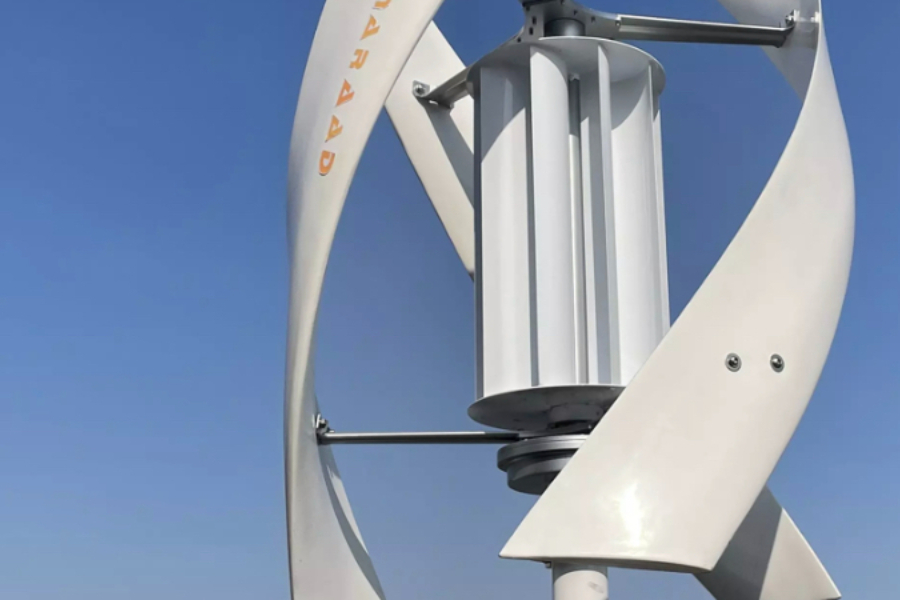
This is a sustainable home wind generator with a 1,500W rated power and 2.0m/s start-up wind speed, used in conjunction with solar panels. It is recommended for home use and designed to power basic home appliances. The wind generator is made from high-quality weather-resistant materials.
Features:
Rated power: 1,500W max output
Start-up wind speed: 2.0m/s
Rated wind speed: 11m/s
Survival wind speed: 50m/s
Control system: Electromagnet
Design life: 20 years
Price: $697.69 – $796.50
Pros:
- High efficiency
- Reliable design
- Electromagnet design
- Great wind speed
- Cost-efficiency
Cons:
- Limited customer support
Vertical wind generator 500W to 5kW
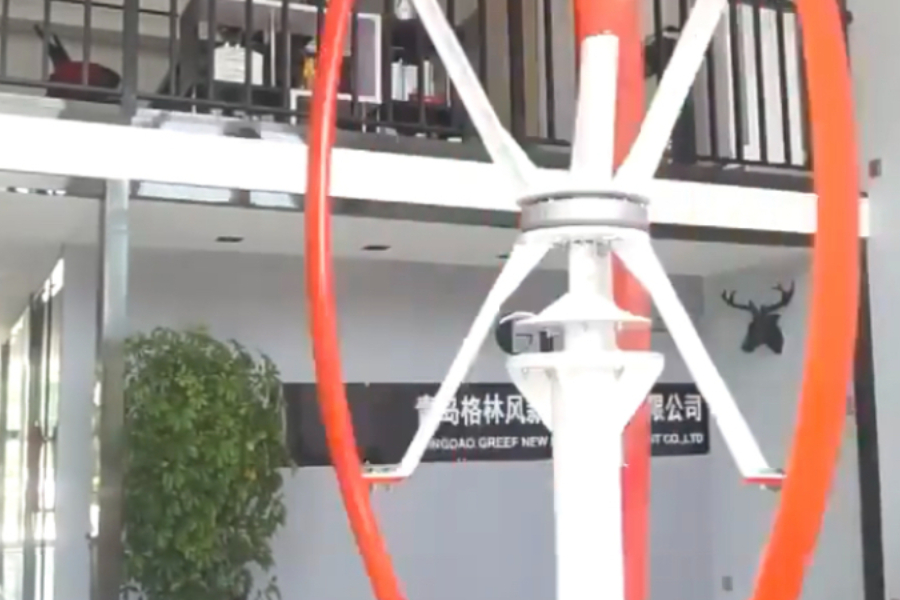
This 500W to 5kW vertical wind generator for home use has multiple functions such as PV control function, wind speed measure function, rotational speed control function, temperature compensation function, and more.
These types of wind generators have an impact design that allows them to generate power with a small amount of wind. They offer easy installation and maintenance as they can either be placed closer to the ground or installed on rooftops or any tall structures within a residence.
Features:
Rated power: 700W max output
Start-up wind speed: 1.8m/s
Rated wind speed: 11m/s
Safe wind speed: 50m/s
Generator type: Axial flux coreless outer rotor disc permanent magnet direct drive generator
Lifetime: 20 years
Price: $998.12 – $5,988.73
Pros:
- Designed for any kind of weather condition
- Easy installation and maintenance
- Decent power output
- Uses small amount of wind to generate large amount of power
- Offers full protection function
Cons:
- Very small in size
- Cannot carry heavy loads
Horizontal household wind turbine generator
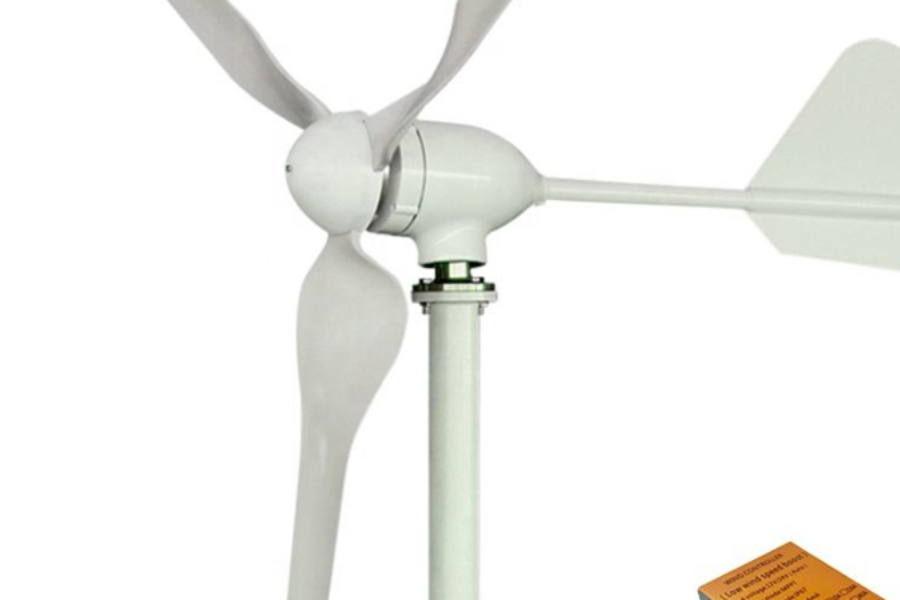
This 3-phase permanent magnet generator has 3 blades and has an optimized aerodynamic shape and structure that enhances the turbine’s performance.
The body is cast with aluminum alloy and 2 bearings swivel, enabling it to survive stronger wind and run more safely.
The generator has great wind energy utilization and annual output. It has an ultra-portable design, and yet is surprisingly affordable.
Features:
- Rated power: 1,000W
- Start-up wind speed: 4m/s
- Rated wind speed: 12m/s
- Survival wind speed: 40m/s
- Blades material: Nylon fiber
- Generator type: 3-phase permanent magnet synchronous generator
- Control system: Electromagnet
- Design life: 20 years
Price: $199.13 – $249.03
Pros:
- Extremely portable
- Very affordable
- Easy installation
- High wind energy utilization
- The inverter can be matched to customers’ specific needs
Cons:
- Low start-up speed
Wind turbine solar and wind energy systems

This is a 3kW wind generator designed for wind energy, with a beautiful body appearance, a streamlined body, and a blade design, and is known for generating sufficient and efficient energy. It has controllers with rectifying functions, for rectifying the unstable AC and DC to stable DC, enabling the battery to save electricity.
The equipment is designed to withstand strong wind, while the blade is programmed to protect itself automatically. The turbine has multiple purposes, the application cuts across the household, farm, marine, boat, street lights, home, opening plaza lighting, etc.
Features:
- Rated power: 3kW
- Start-up wind speed: 3m/s
- Rated wind speed: 10m/s
- Security wind speed: 40m/s
- Protection: Electromagnetic torque control and electricity brake
- Generator weight (kg): 85kg
Price: $5,500.00 – $5,900.00
Pros:
- Has a state-of-the-art design
- Boasts of an anti-twist design (the generator can whirl in each direction)
- Has vast application (can be used for households, farms, marine, plazas, etc.)
- Low noise generator
- Utilizes magnetic saturation technology
Cons:
- There is likelihood of vibration and friction during rotation
- Expensive to purchase
- Large weight, and not easily movable
Wind turbine generator for home and commercial use
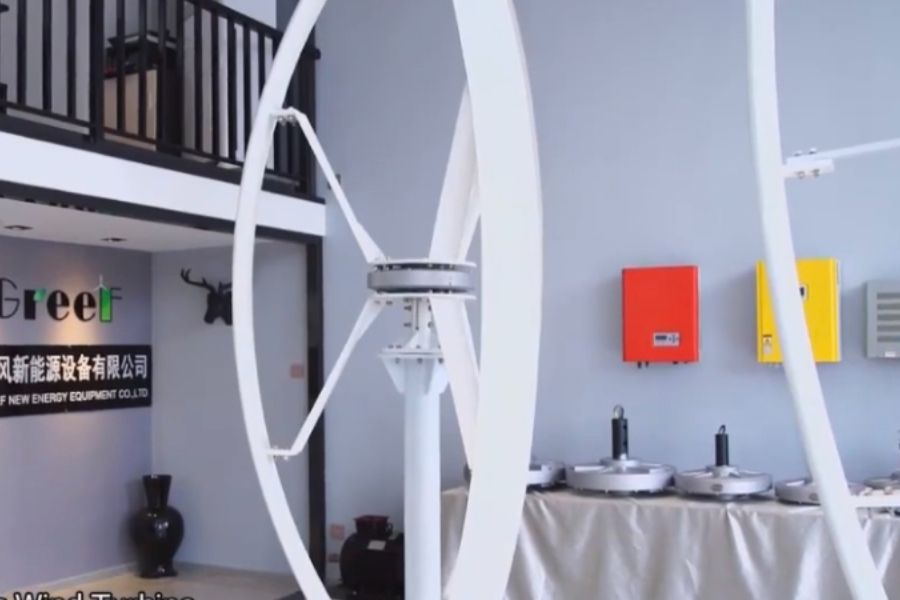
A wind turbine generator designe
d for home and commercial use. This turbine’s main rotor shaft is set vertically and its key components are placed at the base of the turbine. This vertical-axis wind turbine has great advantages over traditional horizontal-axis wind turbines (HAWTs).
They are rugged, quiet, light, and omnidirectional, and they do not create as much stress on the support structure. They do not require as much wind to generate power, which keeps them in proximity to the ground. When they are closer to the ground or on the rooftop, maintenance and installation become easy.
Features:
- Rated power: 3KW
- Start-up wind speed: 2.8m/s
- Rated wind speed: 12m/s
- Safety wind speed: 50m/s
- Protections: Electromagnet
- Design life: 20 years
Price: $997.12
Pros:
- High efficiency
- Reliable design
- Electromagnet design
- Do not require much wind to generate power
- Offers easy maintenance
- 3 years warranty with free maintenance
Cons:
- Low start-up speed
Conclusion
Renewable energy is experiencing exponential growth due to global initiatives to fight climate change. There is currently increased usage of small turbines in homes, commercial areas, farms, malls, etc. Home wind turbines are projected to be the fastest-growing segment of the renewable energy family because of their low purchase cost and high efficiency.
It is recommended to deploy a photovoltaic system (which includes an array of solar panels and some accessories that enables the absorption and conversion of solar radiation into electricity) when installing a small turbine for your home.
Visit the Alibaba.com website to find an impressive selection of home wind turbine generators that can increase demand and generate more revenue for your business.
